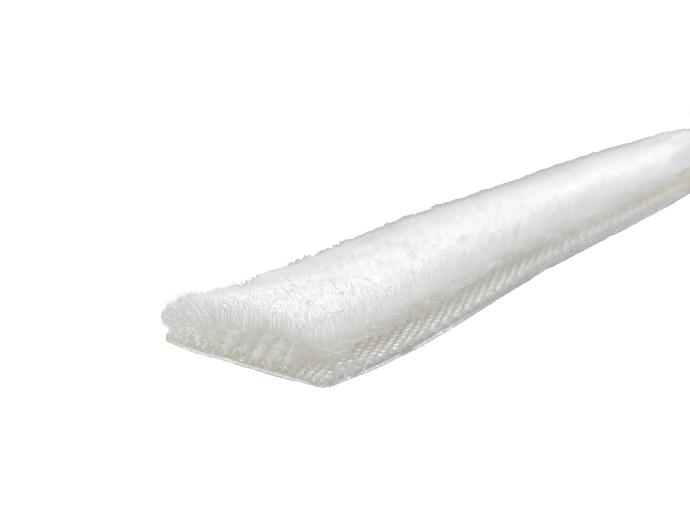How do you fix uPVC windows that don’t properly close? uPVC windows that don’t close against the seal can lead to various problems that reduce the temperature of your room and increase the chance of mould forming around the window ledge. These issues are usually caused by issues with the window itself, such as misaligned frames or a damaged seals.
Understanding and addressing these causes is important to ensure the window closes against the glazing gasket and creates a reliable seal that does not allow water or air to enter your home.
Why Won't My Window Close?
There are a few reasons why your uPVC window may not be closing against the seal. Here are some common causes that can help you identify any potential issues with your window;
- Misaligned Frame: Over time uPVC windows can become misaligned, especially if they have been frequently used or incorrectly installed. This can cause difficulty in locking or an uneven gap between the window and frame. It can also prevent the window from fully closing against the window seal, increasing the chance of water ingress. Adjusting the hinges or the frame may be necessary to realign the window.
- Damaged
or Worn Hinges: The hinges on uPVC windows can wear out or become damaged,
leading to issues with closing the window against the frame. Inspect the hinges
for signs of damage or wear. Lubricating the hinges can sometimes help but
they may need to be replaced if they are damaged beyond repair.
- Faulty
Locking Mechanism: The locking mechanism that keeps the window securely
locked may have malfunctioned or become misaligned. This can prevent the window
from shutting tightly against the window seal. Check the mechanism for any
visible issues and consider lubricating or adjusting the lock.
- Warped or
Swollen Frame: uPVC frames can warp due to temperature changes or if they
were not correctly installed. A warped frame can hinder the window’s ability to
close properly.
- Obstruction
in the Frame or Seal: Sometimes debris or dirt can accumulate in the frame
or around the seal, stopping the window from properly closing. By cleaning the
frame and seal you may be able to resolve the issue and remove any blockages.
- Seal
Deterioration: The window
seal may have deteriorated or become damaged. It is important to regularly
inspect the glazing gasket for any signs of cracking, wear or gaps. As they are
manufactured from soft rubber materials, they can become over-compressed and may
experience an issue called compression set. Replacing the seal may be the only
option if it is in poor condition or damaged beyond repair.
- Incorrect Adjustments or Repairs: It is also possible that any recent adjustments or repairs to the window were completed incorrectly. Review the previous work to see if these changes are causing the problem.
To address these issues, it is best to start with basic troubleshooting to identify the cause of the problem. Check the window seal, around the window frame and the hinges for any visible signs of wear or damage. By comparing multiple windows in your home, you can quickly identify what is normal for your type of window frame and glazing gasket. This will help you determine the cause of the issue on the problematic frame.
If you're not comfortable addressing these issues yourself, it may be necessary to consult a glazing company. A skilled technician can diagnose the specific cause of the problem and perform the necessary repairs or adjustments to ensure your uPVC window closes properly and securely.
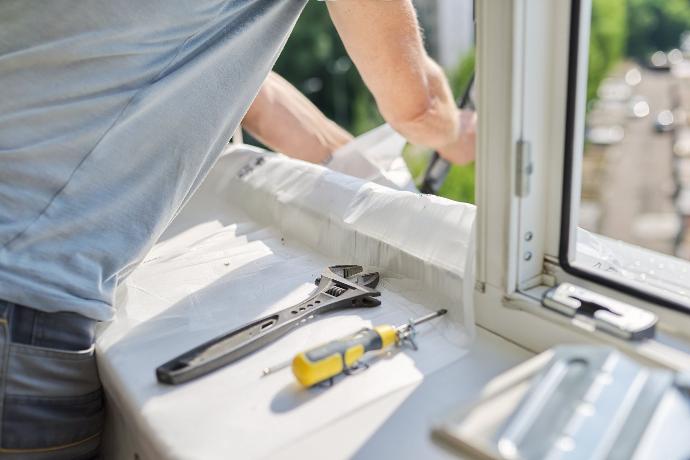
Replace Your Window Seals With Seals Direct
It is not uncommon for these issues to be caused by damaged glazing gaskets. These sections can easily split, tear or be over-compressed and may not adequately seal when the window is closed. This can result in water ingress, draughts and a significantly increased chance of condensation and mould.
Seals Direct is a leading supplier of replacement glazing gaskets for uPVC, wooden and aluminium window frames. Our extensive range of replacement window seals will allow you to purchase a section that is a replica of your existing profile. If you would like assistance with purchasing the correct seal for your home, please contact our knowledge team. Alternatively, you can give us a call on 01452 617722 or submit your enquiry via email at sales@sealsplusdirect.co.uk.
Wedge Gasket
Wedge gaskets are designed to be inserted between the glass and frame on uPVC windows and doors. The tapered edge applies compression against the glass to hold the window tightly in place and create a reliable watertight seal.
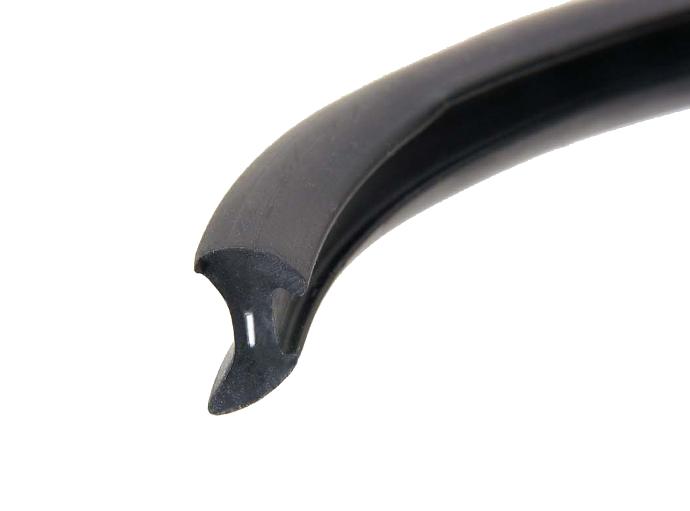
Bubble Gasket
Bubble gaskets are commonly used to create a reliable watertight seal in uPVC windows and frames. They are named for their distinctive bubble-shaped profile that compresses when the window or door is closed.
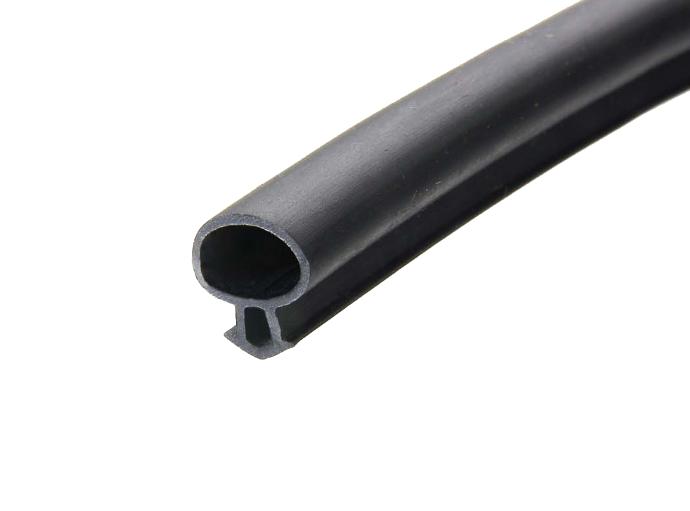
E Gasket
E gaskets, named for their E-shaped cross-sectional profile, are commonly used on windows and doors in uPVC glazing systems. These seals work in a very similar way to wedge gaskets but are manufactured with an arrow foot that allows the section to hold itself in place within the glazing channel. The foot restricts the section from moving and allows you to install the glass without needing to support the actual seal.
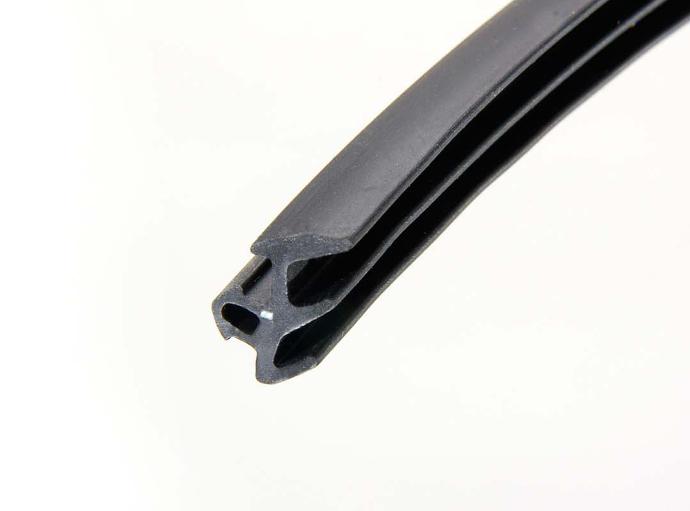
Flipper Gasket
Flipper gaskets are an integral part of most uPVC window and door glazing systems. These sections are manufactured with a base that securely slots into the frame and a flexible flipper that compresses when the window or door is closed to create a reliable seal.
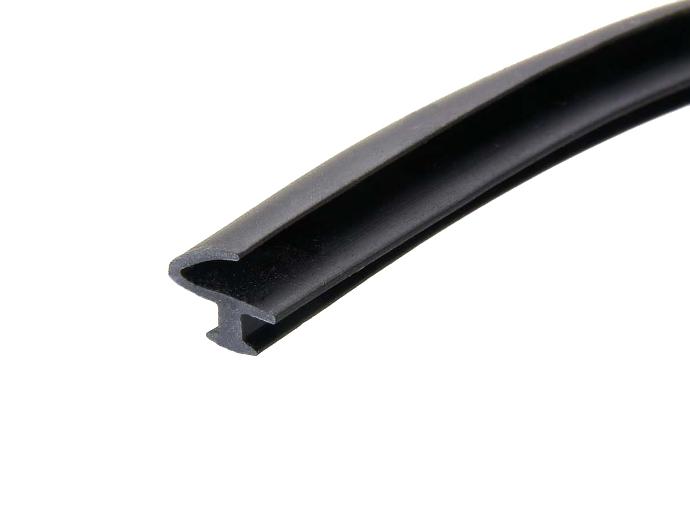
Sponge Weatherstrip Seals
Weatherstrips, also known as weatherseals, can be used around the edge of uPVC, wooden and Aluminium doors and windows to protect against weathering. Often used as a secondary glazing gasket in addition to the primary seal, they fill gaps around the frame to prevent the ingress of water, air and dust.
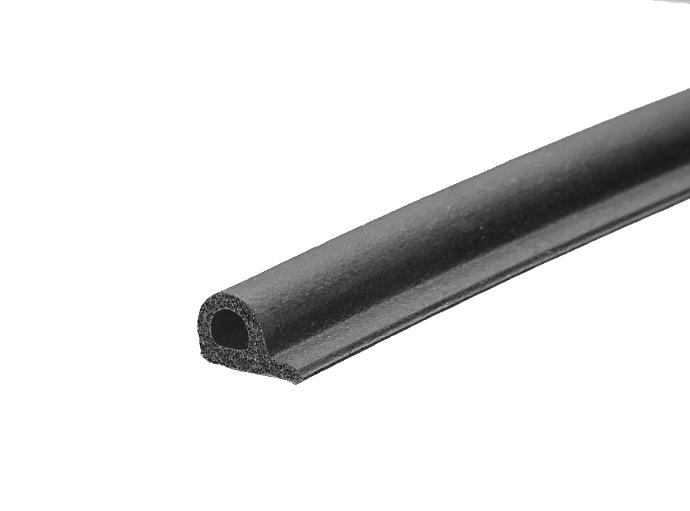
Brush Seals
Brush seals, also known as brush strips and weatherpiles, can be used for draught and weatherproofing the top, bottom and side of sash windows and casement windows and doors. They consist of a row of bristles that close the gap between the window and frame.
